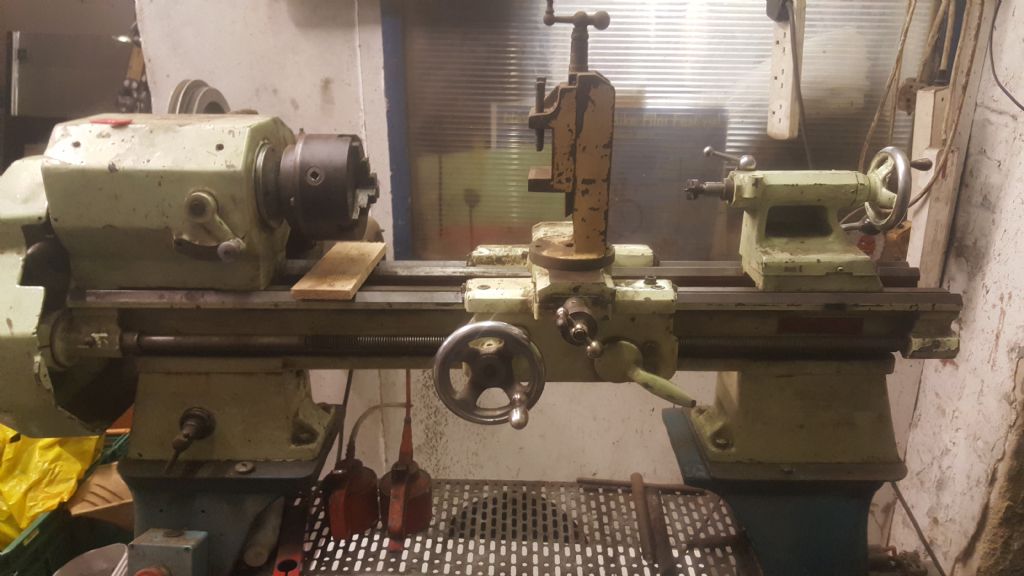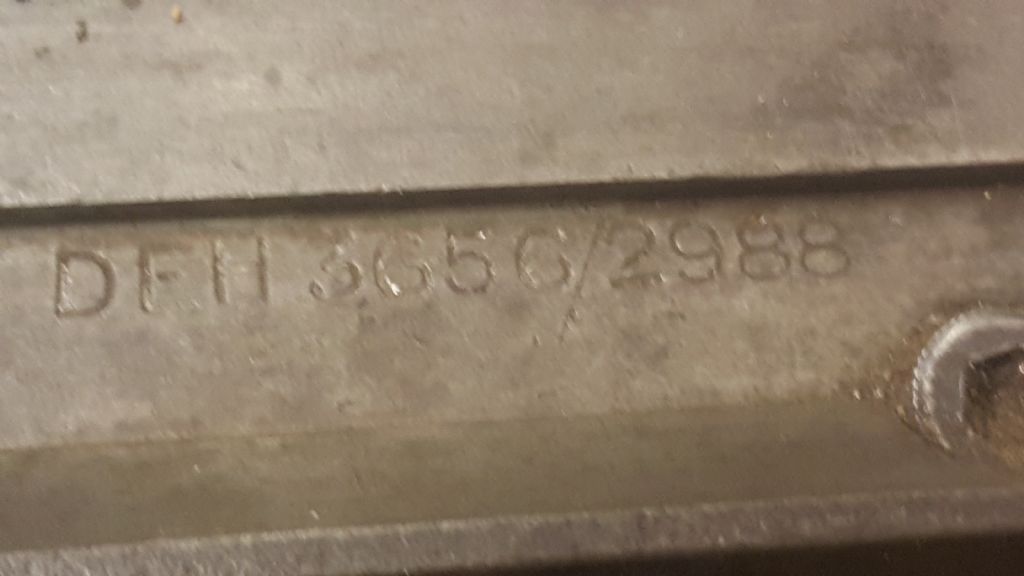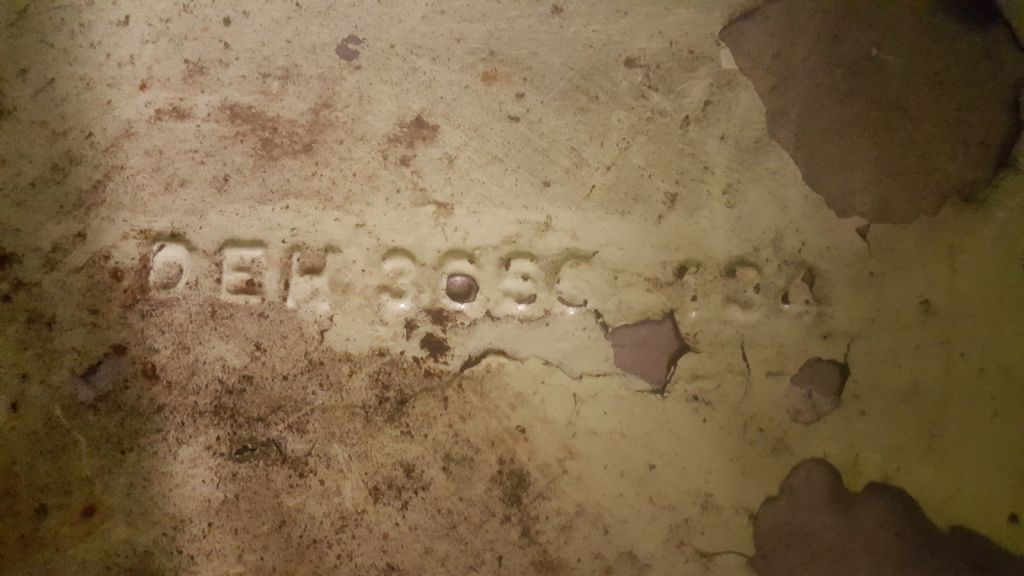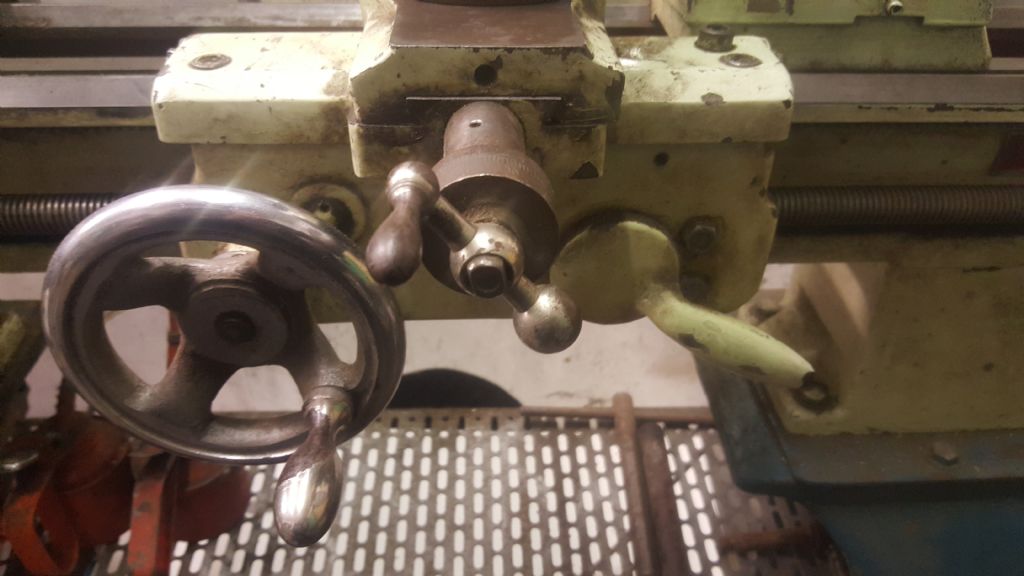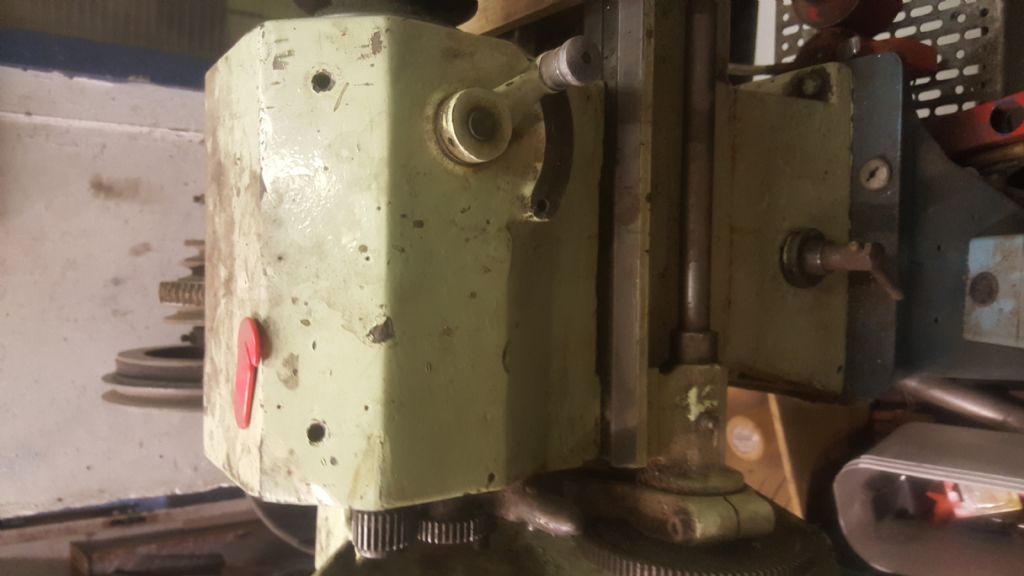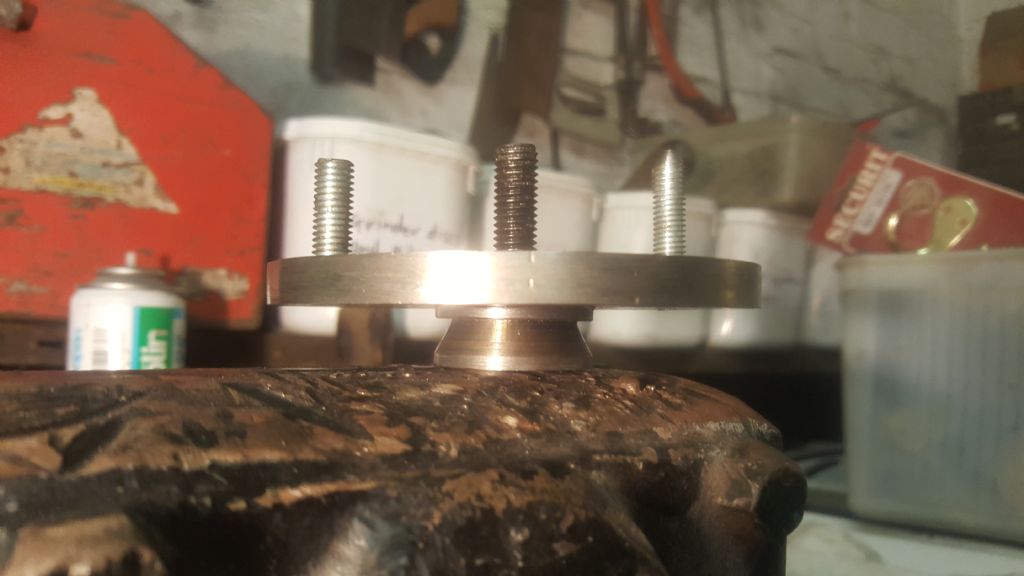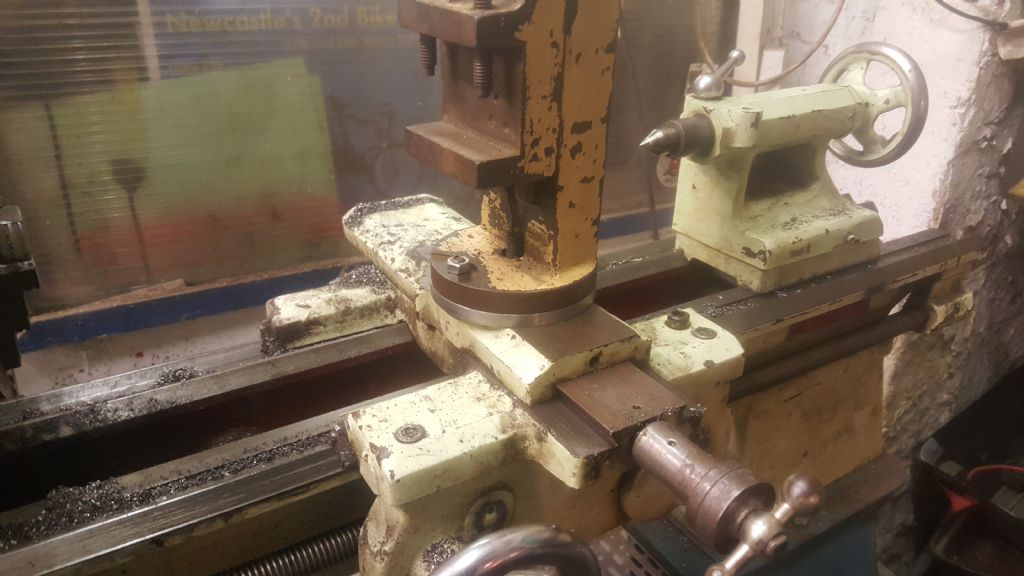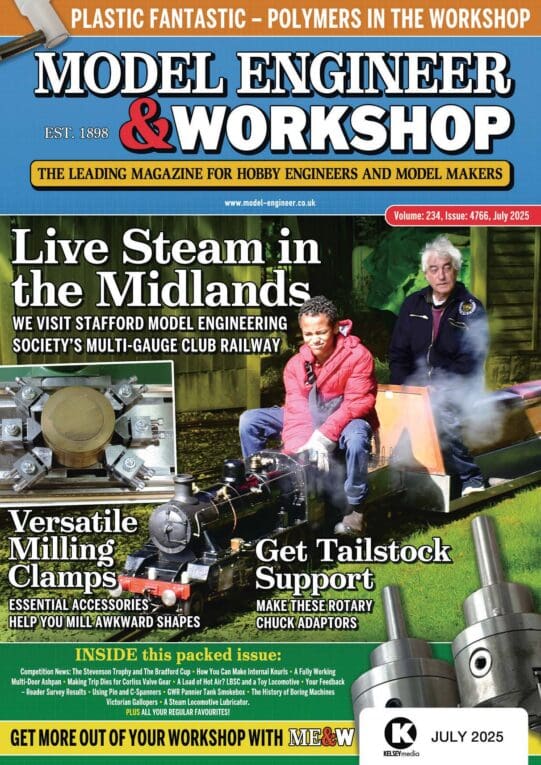Posted by Charlie Carpenter on 14/08/2016 11:29:33:….
…So my other question apart from identification is this, If you owned this lathe and had pretty much no money to spend on it for the time being, what would you do with it in terms of restoration/care?
First steps would be to get hold of a manual (probably from the Yahoo group) and the other Know Your Lathe book already mentioned. Check the "Files" section of the Yahoo group for other resources too.
Armed with these, I would adjust the headstock bearings to correct clearance or pre-load as the case may be. This would include making sure they are properly lubricated with grease or oil nipples or whatever the manual specifies.
Then I would give the carriage and cross slide and tailstock etc a good wash down with kero or degreaser. Then oil up all the ways and the cross slide and top slide with the specified oil (bit of good hydraulic oil will do the job or synthetic motor oil. Dino motor oil goes a bit gummy over time.) I think those are ball-type oil fittings on the carriage and cross slide etc. Use them well to start with, then every time before you use the lathe.
Then adjust all the gibs on the carriage main bed ways, cross slide and top slide as per the manual.
Then really practice sharpening your lathe tools. Use what the old books refer to as a knife tool, with a bit of extra side rake on the top of the toolbit to give a nice sharp cutting edge with an included angle between the side clearance and top rake of about 60 degrees. This sharper tool angle gives a better finish on these old worn lathes with less chatter, but will wear a bit quicker which is not a big problem in the home workshop.
Also pay attention to the motor bearings and more particularly the counter-shaft bearings. Worn and lumpy bearings here can come through as vibration patterns on the job finish.
It looks like a good old machine you have. A bit of TLC and it should be a champion.
Edited By Hopper on 15/08/2016 12:16:38
Edited By Hopper on 15/08/2016 12:18:31
Ajohnw.



